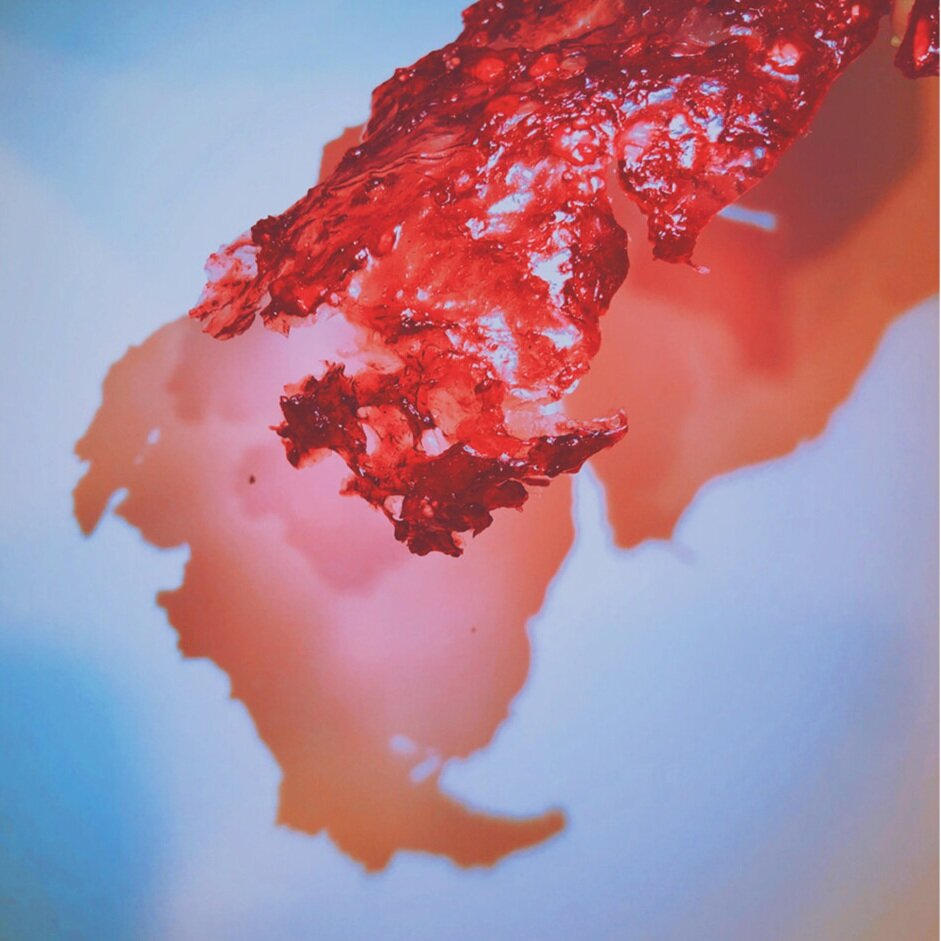材料 Material
Alchemy of Material 材料的魔力
Eric Wong
Material is the most tangible of elements in architecture. It is at the frontline of the pursuit of the new and the discovery of the undiscovered. It is what allows the form makers to achieve celebrity status in the eyes of the masses.
And yet another new has been created.
…then what?
Amorphous - Between States 无定形——中间态
Peter M. Lokken
There exists a complex yet nuanced relationship between the maker and material.
Digitally driven making that examines the impact of form, materiality and manufacturing processes on immersive biophilic design, takes the craftsman into the new age. These means parsing irregular and amorphous forms into geometric components that translate into achievable construction language with modern machinery, which is a new way of fabricating, rather than just a rapid way of fabricating.
In the realm of process and skill based material manipulation, parametric design manifests in terms of structure and material efficiency.
Scavenged Transcendence 拾回的超然
Shihui Zhou
By transforming accumulation of recycled clothes and textile into visually conceptual exploration, as a form of poetic storytelling—Shihui Zhou’s work speaks to the optimism inherent in giving new life and form to the everyday and every body’s leftovers. In her textile painting/sculptures installations, she seeks to recall those clothes’ past, as well as suggestions greater connection to our identities, memories, emotions, and relationships.
Bio-Material of Senses 感官材料
Xinye Lin & Jhanani Palanisamy
Sense of Vision - Sense of Touch - Sense of Smell
The dichotomy of sensory perception and reality is employed in esoteric material exploration and analysis. This approach to materiality involves investigating the apparent and obvious which extends into the unknown with established limits and boundaries being challenged.
The temporary informs the permanent and time influences spatial quality. Therein lies opportunity for material properties to communicate hierarchy, ordering and transitions.



